Lima
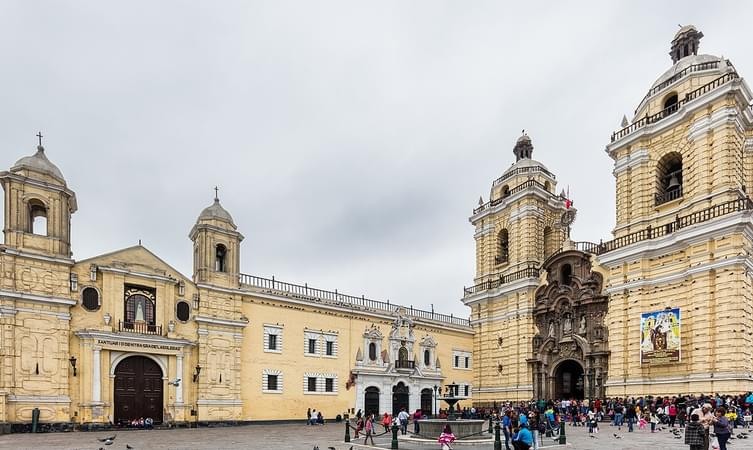
The Basílica and Convent of San Francisco in Lima, Peru, is renowned for its colonial architecture and historic catacombs.

The Lima Cathedral, a majestic emblem of Peru's cultural and religious heritage, stands as a testament to the country's rich history and architectural grandeur. Located in the heart of Lima's historic center, this awe-inspiring structure showcases a captivating blend of Spanish colonial and Baroque architectural styles. Its imposing façade, adorned with intricate carvings and towering spires, commands attention and reverence from all who behold it.

The Government Palace of Peru, also known as the House of Pizarro, is the official residence of the President of Peru. Located in Lima's historic center, it showcases stunning neocolonial architecture and houses important government offices. The palace is a symbol of Peru's political heritage and history.
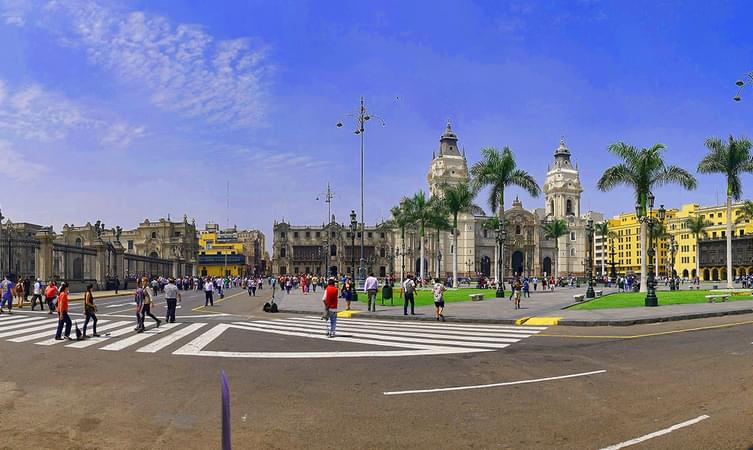
Plaza Mayor de Lima, also known as Plaza de Armas, is the historic heart of Lima, Peru. Founded by Spanish conquistador Francisco Pizarro in 1535, this iconic square is surrounded by significant colonial buildings, including the Government Palace, Lima Cathedral, and Archbishop's Palace. The plaza features a bronze fountain dating back to 1651 and beautifully landscaped gardens. It has been the site of many important events in Peru's history, including the proclamation of independence in 1821. Today, it remains a vibrant center for cultural activities, ceremonies, and a popular spot for both locals and tourists to gather.
.jpg?w=753&h=450&dpr)
The Roman Catholic Archdiocese of Lima, located in Peru's capital, is one of the oldest and most significant ecclesiastical territories in Latin America. Established on May 14, 1541, by Pope Paul III, it was elevated to archdiocesan status on February 12, 1546. The archdiocese has played a crucial role in the religious, cultural, and social development of the region.
Other Attractions
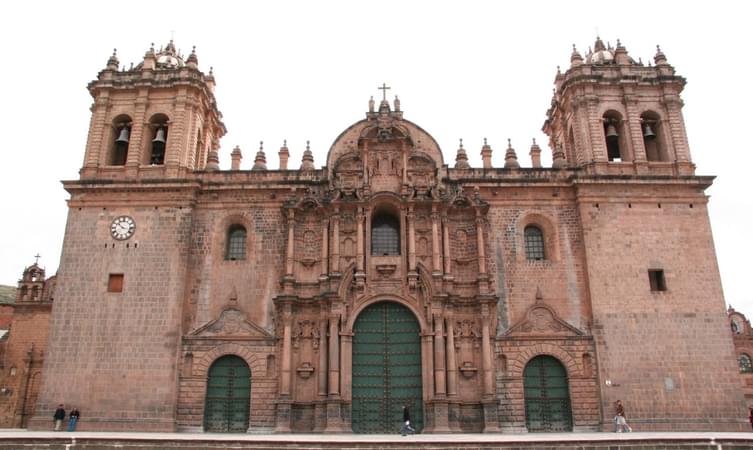
Cusco Cathedral, located in the historic center of Cusco, Peru, is a magnificent example of colonial architecture. Completed in 1654, it stands on the foundations of an Incan palace. The cathedral features intricate baroque interiors, gold leaf altars, and a rich collection of colonial art, reflecting the city's vibrant history and cultural fusion of Spanish and Incan heritage.
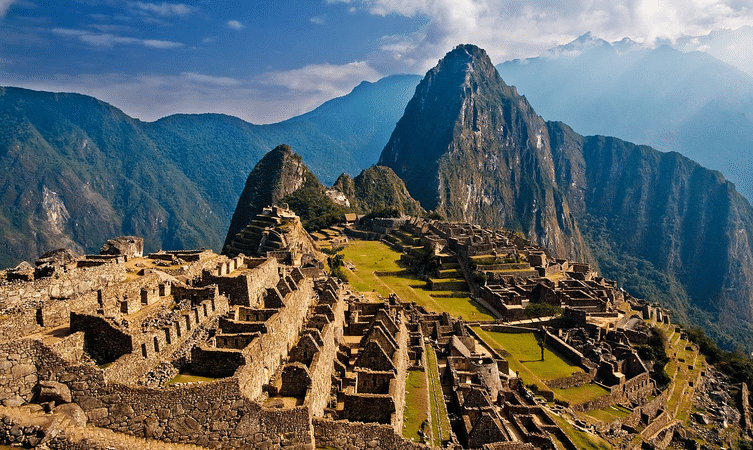
The Historic Sanctuary of Machu Picchu, nestled in the Andes Mountains of Peru, is a UNESCO World Heritage site. This ancient Incan city, renowned for its sophisticated dry-stone construction, offers breathtaking views and deep historical significance, attracting millions of visitors eager to explore its enigmatic ruins and rich cultural heritage.
Qorikancha

Qorikancha, the Temple of the Sun, was the most important Inca temple in Cusco, Peru. Dedicated to Inti, the Sun God, it featured walls covered in gold. Spanish colonizers later built the Santo Domingo Convent over its ruins, blending Inca and colonial architecture.

The Twelve Angled Stone, located in Cusco, Peru, is a marvel of Inca masonry. This intricately carved granite block, part of a palace wall, showcases the advanced stone-cutting and construction techniques of the Inca civilization, fitting seamlessly into the surrounding stones without mortar.
Puka Pukara
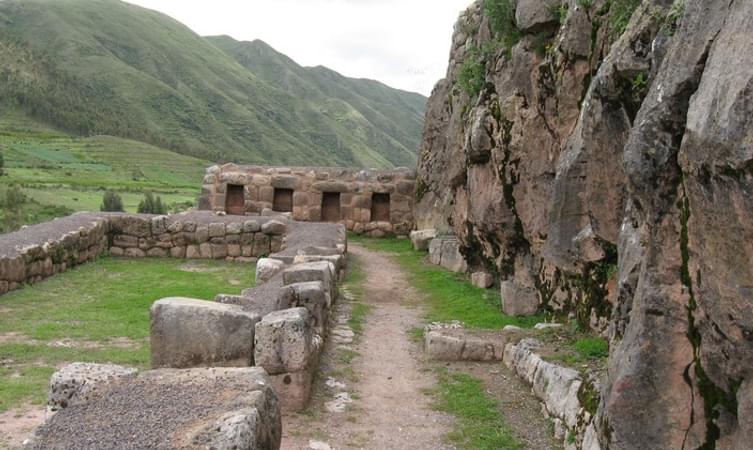
Puka Pukara, nestled amidst the breathtaking landscapes of Peru, is a remarkable archaeological site steeped in mystery and history. Translating to "Red Fort" in Quechua, this ancient complex is situated just a short distance from the imperial city of Cusco, once the heart of the mighty Inca Empire.
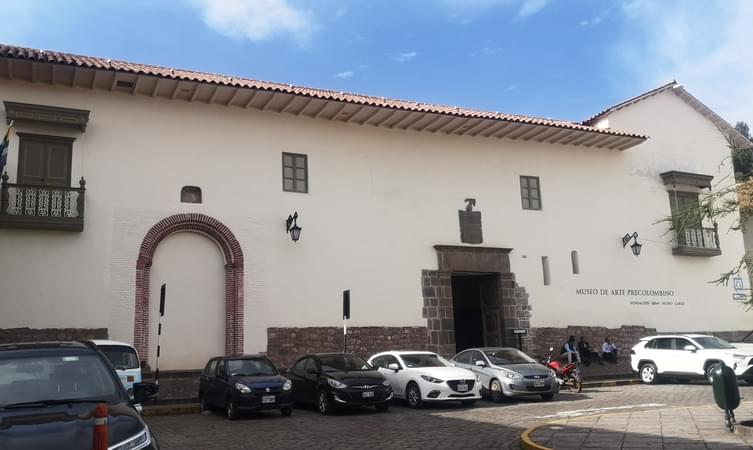
The Museo de Arte Precolombino in Cusco, Peru, is dedicated to showcasing the rich cultural heritage of pre-Columbian civilizations. Housed in a beautifully restored colonial mansion, the museum features over 450 artifacts dating from 1250 B.C. to 1532 A.D. Exhibits include exquisite pottery, gold and silver jewelry, and intricate textiles from cultures such as the Inca, Nazca, and Mochica. Each piece offers insight into the advanced craftsmanship and daily life of these ancient societies. The museum provides a captivating journey through Peru's pre-Columbian past, making it a must-visit for history and art enthusiasts.
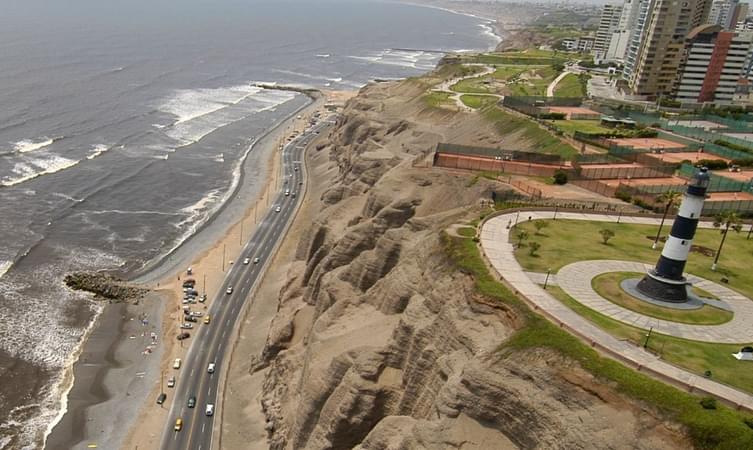
Miraflores Beach, located in the heart of Lima, Peru, is a stunning destination that effortlessly combines natural beauty, vibrant culture, and modern amenities. This coastal gem is a favorite among locals and tourists alike, offering a perfect blend of relaxation and adventure against the backdrop of the Pacific Ocean.
One of the most striking features of Miraflores Beach is its breathtaking views. The cliffs overlooking the beach provide a panoramic vista of the endless ocean, especially mesmerizing during sunset when the sky transforms into a canvas of vibrant hues. The well-maintained boardwalk, known as the Malecón, stretches for miles along these cliffs, inviting visitors to enjoy leisurely walks, jogs, or bike rides while soaking in the spectacular scenery.
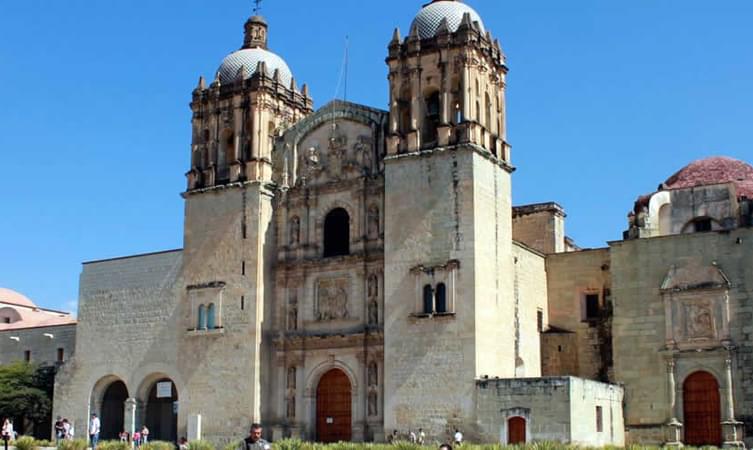
The Church and Convent of Santo Domingo of Guzmán, located in Oaxaca, Mexico, is a stunning example of Spanish colonial architecture. Famous for its intricate Baroque design, the complex houses a museum showcasing Oaxaca's rich cultural heritage. Its beautiful gardens and historical significance make it a must-visit landmark, offering a glimpse into the region's religious and cultural history.
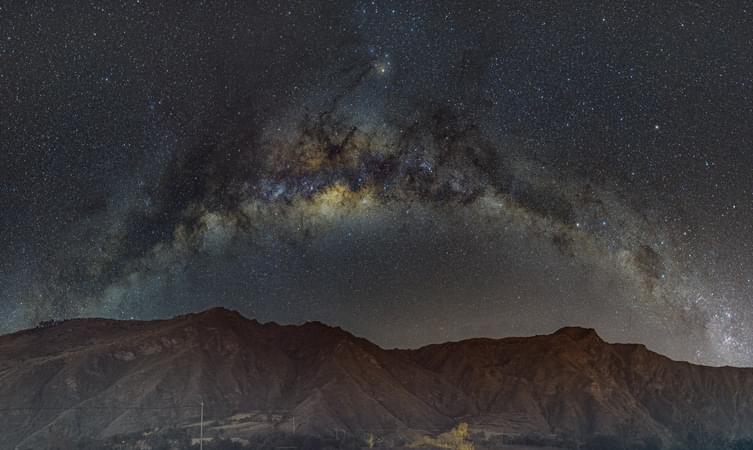
Nestled in the enchanting city of Cusco, the Cusco Planetarium offers a unique and captivating experience that blends the rich cultural heritage of the Inca civilization with the wonders of the night sky. This hidden gem provides an immersive journey into astronomy, making it a must-visit for anyone interested in the stars, history, and the fascinating intersection of the two.
The Cusco Planetarium is set against the stunning backdrop of the Peruvian Andes, providing a serene and awe-inspiring environment for stargazing. As visitors arrive, they are greeted by knowledgeable and passionate staff who are eager to share their expertise and love for astronomy. The planetarium’s intimate setting ensures a personalized experience, allowing guests to fully engage with the presentations and exhibits.
One of the highlights of the Cusco Planetarium is its focus on the astronomical knowledge and practices of the ancient Incas. Through engaging presentations and detailed exhibits, visitors learn how the Incas used the stars to guide their agricultural practices, navigate their vast empire, and construct their impressive architectural marvels. The planetarium showcases the sophisticated astronomical understanding of the Incas, including their use of constellations and the significance of celestial events in their culture and religion.
Tambomachay

Tambomachay, located near Cusco in Peru, is an archaeological site attributed to the Inca Empire. Often referred to as "El Baño del Inca" (The Bath of the Inca), it is renowned for its complex system of aqueducts, canals, and waterfalls that run through the terraced rocks. This site is believed to have served as a spa or retreat for Incan royalty, illustrating the advanced engineering and water management skills of the Incas.
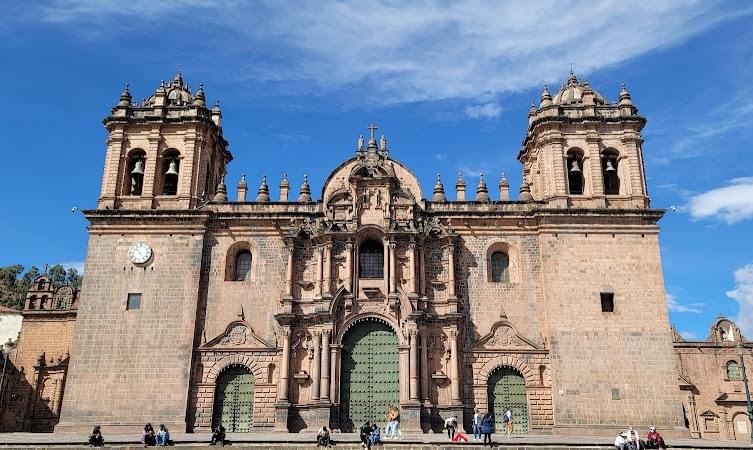
Plaza Mayor de Cusco, the historic heart of Cusco, Peru, is a vibrant square surrounded by colonial architecture and ancient Inca ruins. Once the center of the Incan Empire, it now hosts lively markets, festivals, and cultural events. Visitors can explore the iconic Cusco Cathedral and enjoy the rich history and lively atmosphere of this captivating landmark.

Saqsaywaman, located near Cusco, Peru, is an impressive Inca fortress renowned for its massive stone walls, constructed with precisely cut and fitted boulders. This archaeological site offers breathtaking views of Cusco and remains a testament to the engineering prowess and architectural brilliance of the Inca civilization.
_(4577529043).jpg?w=753&h=450&dpr)
San Blas Plaza, nestled in the heart of Cusco's historic San Blas neighborhood, exudes charm and character against the backdrop of Peru's Andean splendor. This picturesque square, also known as Plaza San Blas, captivates visitors with its quaint cobblestone streets, colonial-era buildings, and vibrant artistic ambiance.
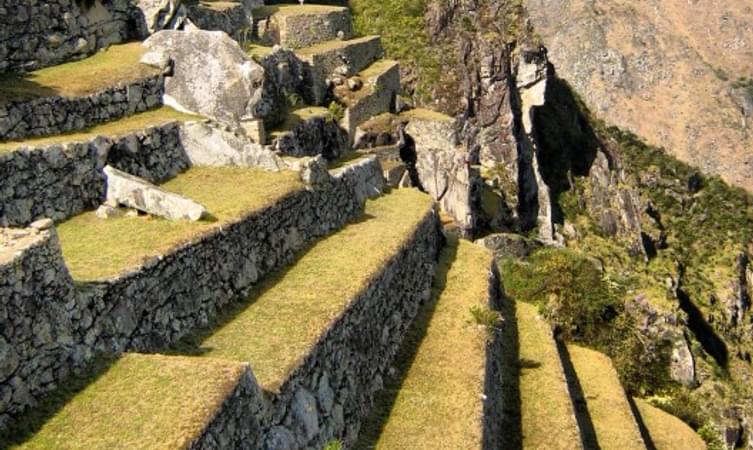
The Stairway of Fountains, or Escalera de las Fuentes, is an ancient Incan archaeological site located in the Sacred Valley of Peru, near the town of Ollantaytambo.
ChocoMuseo
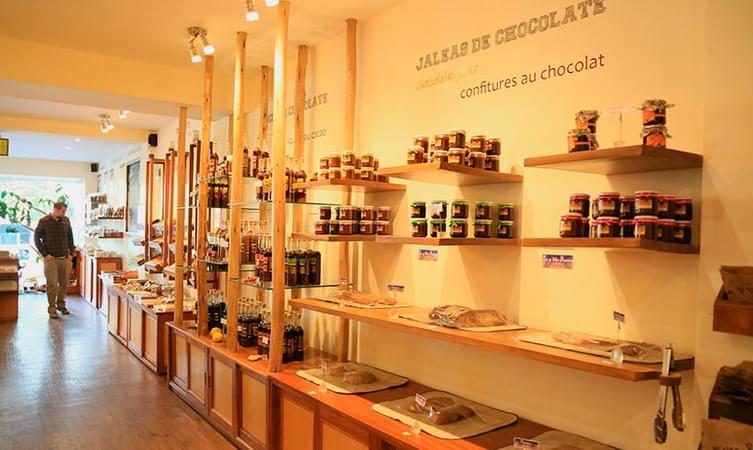
ChocoMuseo Cusco is a delightful museum dedicated to chocolate, located in Cusco, Peru. It offers interactive exhibits on the history and production of chocolate, hands-on workshops, and delicious tastings. Visitors can explore the journey of cacao from bean to bar, making it a sweet experience for all ages.








